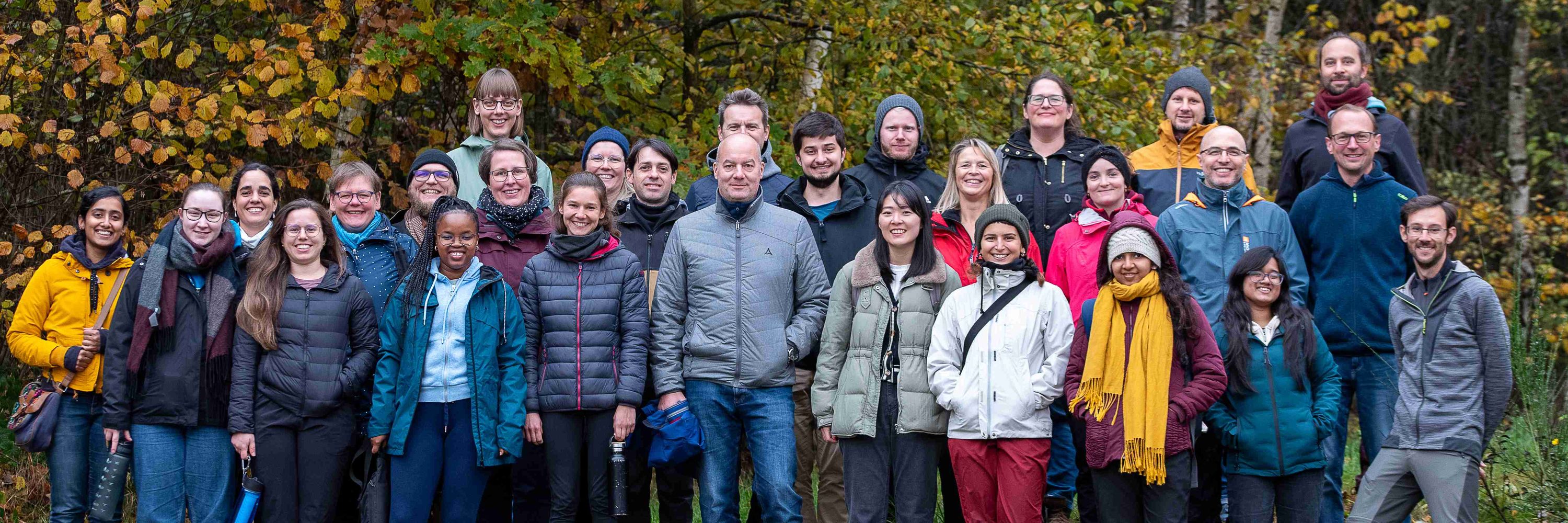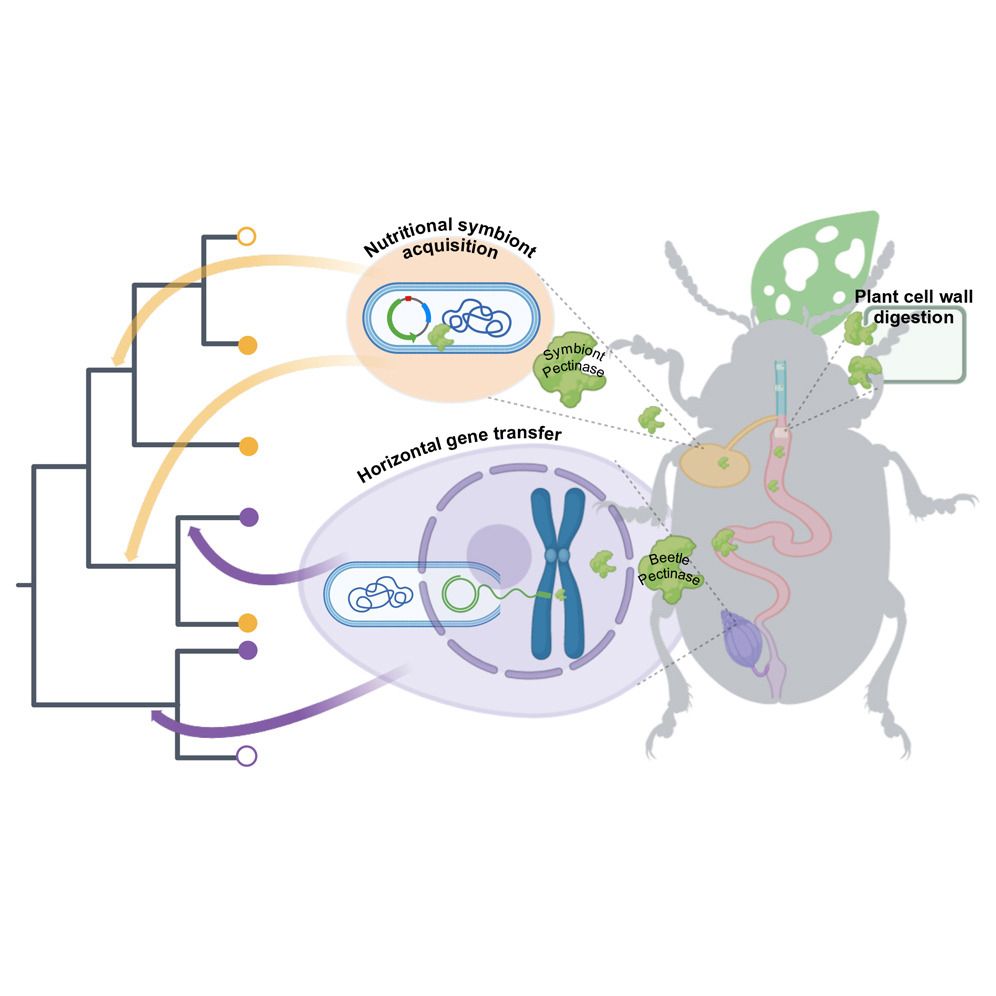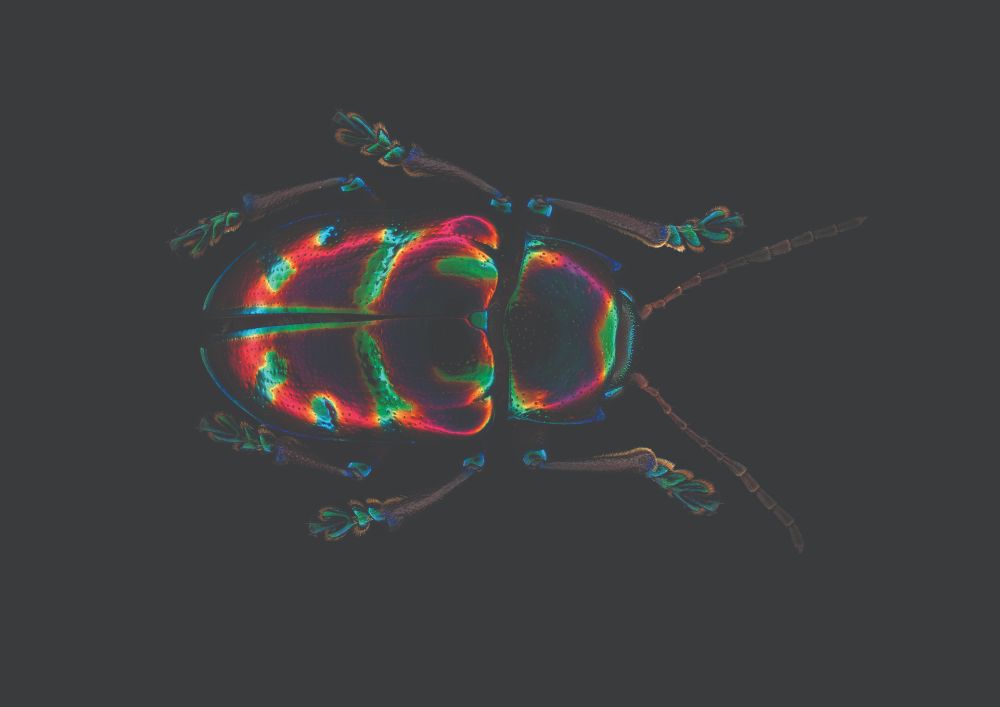
Profile picture by Rebekka Janke
#SymbioSky 1/5


Read the full story @currentbiology.bsky.social doi.org/10.1016/j.cub.2024.12.028
📸 S.sumptuosa by Roy Kirsch & Veit Grabe


Read the full story @currentbiology.bsky.social doi.org/10.1016/j.cub.2024.12.028
📸 S.sumptuosa by Roy Kirsch & Veit Grabe

